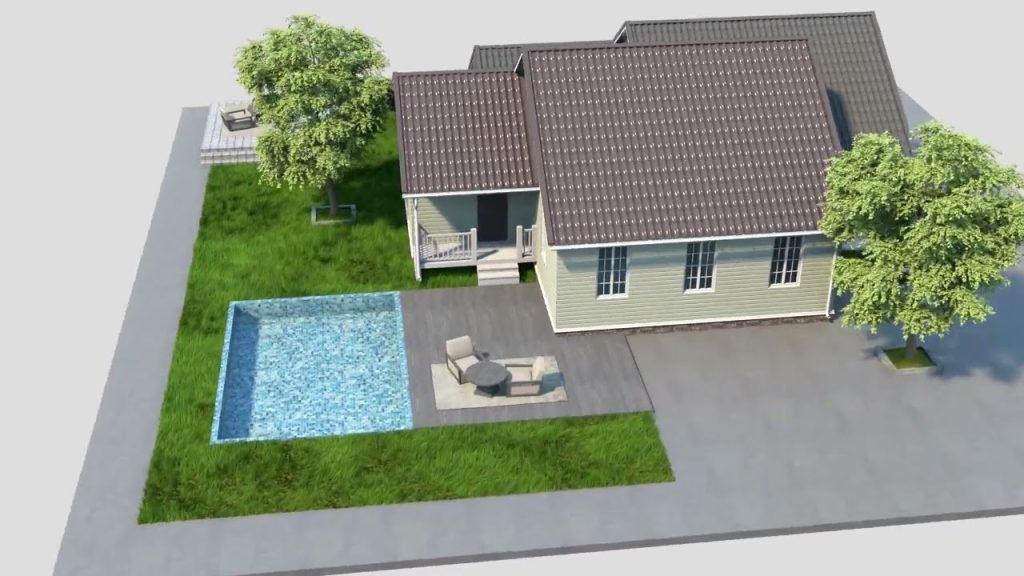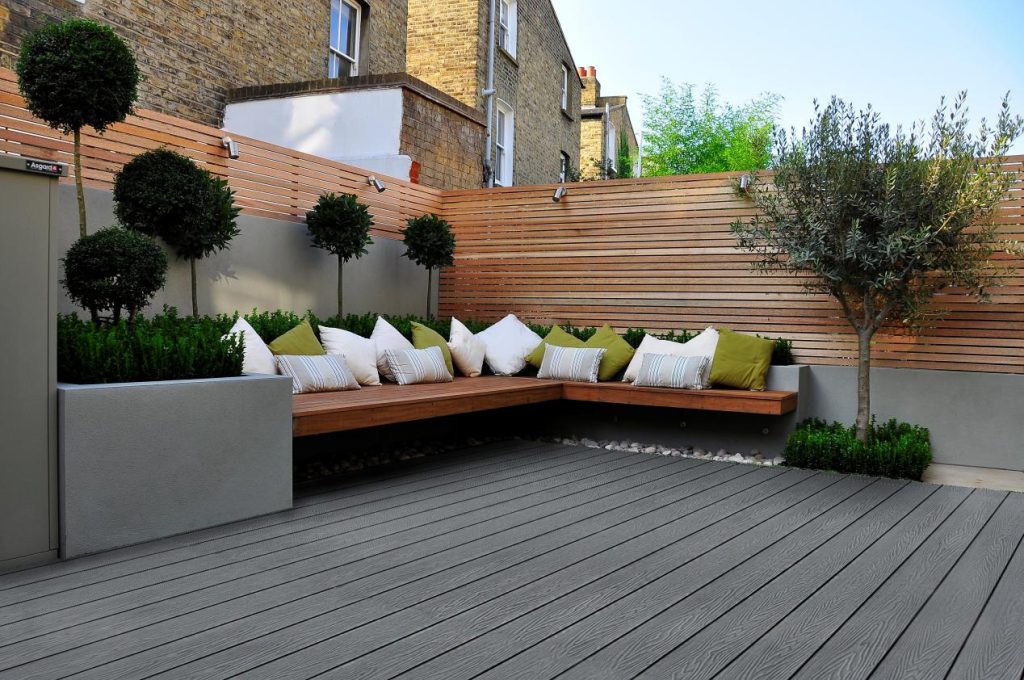WPC panels (wood plastic composites) are a new type of building material made by combining wood fiber and plastic, combining the natural beauty of wood with the durability of plastic. This article will explore the composition, advantages, application areas and wide application of WPC panels in modern architecture and decoration to help you understand this environmentally friendly and efficient material.
Table of Contents
WPC (Wood Plastic Composite) panels are a material made by compounding wood fiber or wood waste with plastic (usually polyethylene, polypropylene or PVC). With the increasing awareness of environmental protection and the increasing market demand for high-performance building materials, WPC panels have been widely used in modern construction and decoration. WPC panels combine the beauty of wood with the durability of plastic. They have the natural appearance of traditional wood and excellent waterproof, anti-corrosion and UV resistance. They are an environmentally friendly, practical and beautiful decorative material.
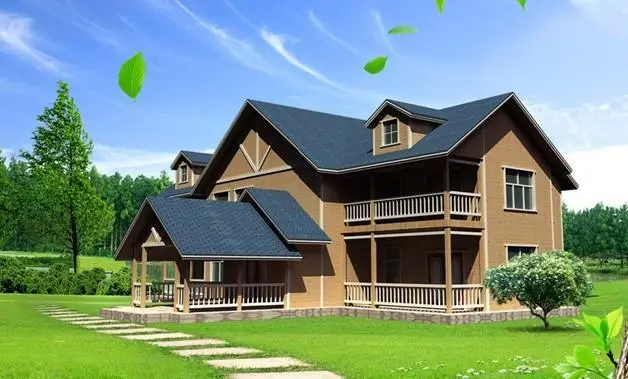
Composition of WPC panels
The main components of WPC panels are wood fiber and plastic. Wood fiber comes from natural wood or wood waste (such as sawdust, wood chips, etc.), while plastic generally uses polymer materials such as polyethylene (PE), polypropylene (PP), and polyvinyl chloride (PVC). During the production process, the ratio of wood fiber and plastic is usually 40% wood component and 60% plastic component. They are mixed by physical or chemical methods and extruded at high temperature to form a strong and durable WPC panel.
The production process of WPC panels can be divided into the following steps:
- Raw material preparation: Wood materials such as sawdust, wood powder, waste wood fiber and plastic particles such as polyethylene, polypropylene or PVC are mixed in a certain proportion. In order to enhance the physical properties and UV resistance of the board, a certain proportion of antioxidants, plasticizers and pigments are usually added.
- Mixing and extrusion: The mixed raw materials are heated and mixed by a high-temperature extruder to fully blend the wood component and the plastic component to form a material with strong plasticity. In this process, the combination of wood fiber and plastic gives the final WPC panel good strength, toughness and weather resistance.
- Mold forming: During the extrusion process, the mixture is fed into the mold and formed into various shapes of boards through the molding of the mold. Through this process, WPC panels can be made into different thicknesses, widths and surface textures to meet the needs of different usage scenarios.
- Cooling and trimming: Finally, the molded WPC panel will be cooled and trimmed. The cooled board is strong and stable and can be further processed, such as spraying, coating or polishing.
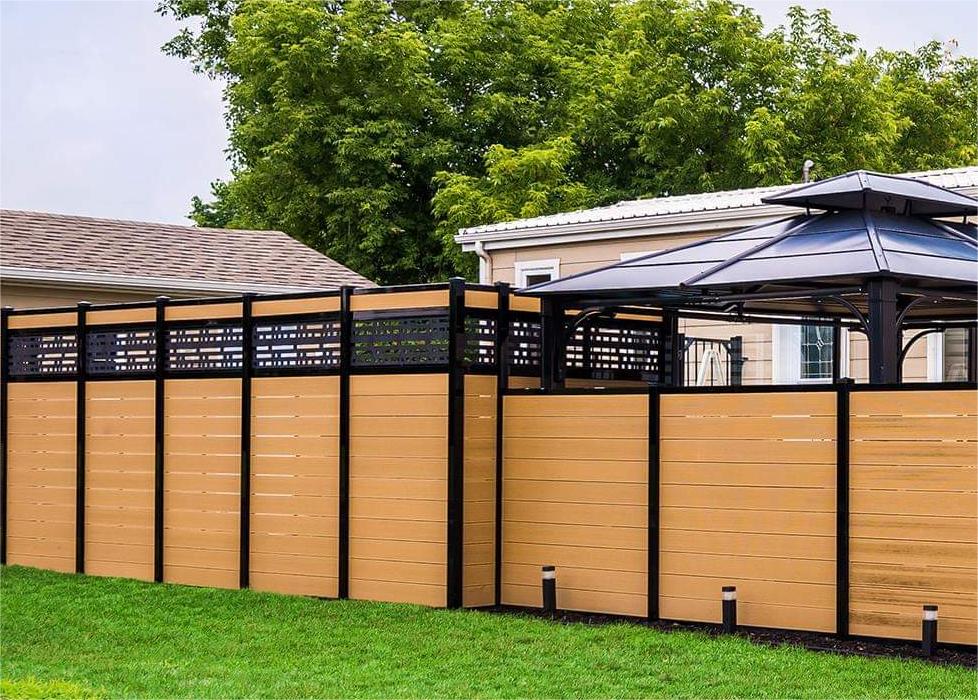
Advantages of WPC Panels
Environmental Protection
The environmental protection of WPC panels is one of its most significant features. It uses natural wood fiber as raw material, and most of the plastic components can be recycled, which meets the environmental protection requirements of modern society. Compared with traditional wood, WPC panels from Hosung WPC reduce deforestation, avoid the waste of wood resources, and also avoid the pollution of plastic waste to the environment. In addition, WPC panels do not contain toxic and harmful substances, and will not release harmful gases during use, which meets the standards of green building materials.
Strong durability
WPC panels have stronger weather resistance and durability than traditional wood. It can resist ultraviolet radiation and avoid fading, aging and embrittlement. In addition, WPC panels have strong water resistance, will not absorb water and swell like wood, and are not easily affected by humid environments, so they are particularly suitable for use as building materials outdoors or in high humidity environments.
Anti-corrosion and anti-insect
Due to the special composition of WPC panels, it has excellent anti-corrosion properties and will not be corroded or rotted. Compared with natural wood, WPC panels are more resistant to moisture and mold. In addition, WPC panels are not susceptible to insect infestation and are suitable for places where performance and appearance need to be maintained for a long time.
Low maintenance cost
Unlike traditional wood, WPC panels do not require high maintenance work such as regular painting, varnishing or waxing. Its surface is very smooth and easy to clean, and stains can be removed by wiping with a damp cloth, so the maintenance cost is greatly reduced.
Excellent physical properties
WPC panels have high strength and toughness, can withstand certain pressure and impact, and are not easy to deform. Even in hot or cold environments, WPC panels can maintain their stability and will not crack or warp like wood.
Aesthetics
WPC panels have the natural appearance of wood, but at the same time can provide more design options, such as a variety of colors, textures, surface effects, etc., which can meet the needs of modern homes and buildings for beauty. The surface treatment process is rich, which can imitate the texture of real wood or create a unique modern style.
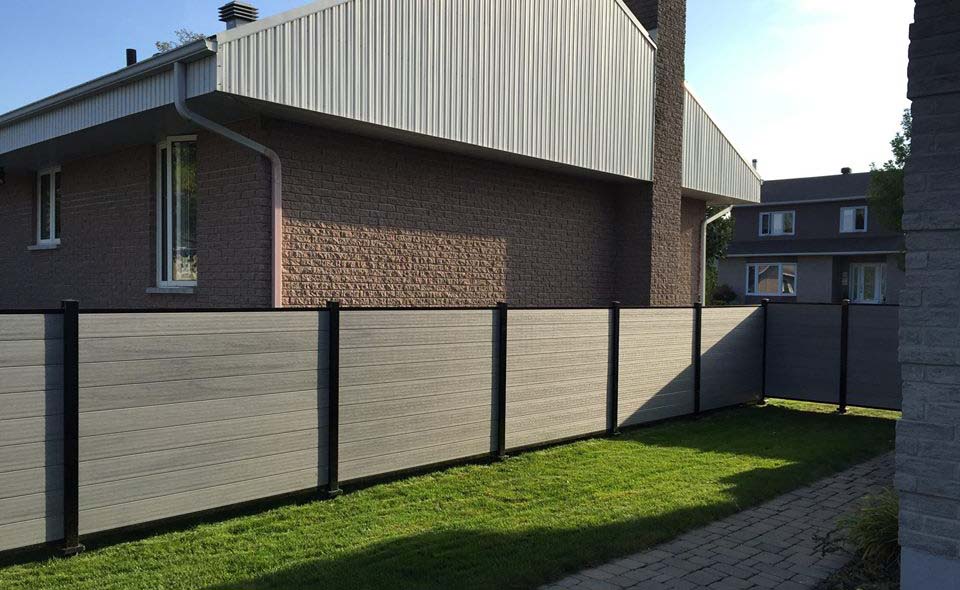
Application areas of WPC panels
Construction and decoration
WPC panels are widely used in the construction industry, especially in exterior wall decoration, flooring, ceilings, etc. Due to its good weather resistance, water resistance and UV resistance, WPC panels are particularly suitable for use as decorative materials for outdoor areas such as exterior walls, balconies, fences, etc. Indoors, it is also suitable for walls, floors, ceilings, etc.
Garden and landscape design
WPC panels are also widely used in garden landscapes, especially in facilities such as fences, pergolas, and outdoor seats. The weather resistance of WPC panels makes it an ideal choice for garden landscapes, and it can resist the erosion of rain, sunlight and weathering for a long time.
Furniture manufacturing
With the continuous development of WPC technology, WPC panels have begun to be used in the field of furniture, such as cabinets, desktops, bookshelves, wardrobes, etc. The surface of WPC panels is smooth and easy to process, and can be made into furniture of various shapes and styles according to demand. It is not only beautiful and generous, but also more durable than traditional wood.
Transportation facilities
WPC panels can also be used in the construction of some transportation facilities, such as decoration and exterior wall materials in places such as stations and airports. Due to its UV resistance and corrosion resistance, WPC panels can effectively resist the influence of the external environment and extend the service life of the building.
Ships and marine facilities
Due to the water resistance and anti-corrosion properties of WPC panels, it is also widely used in marine facilities such as ships and docks. Whether in seawater environment or high humidity climate, WPC panels can maintain stable performance, avoiding the problem of wood decay and deformation in such environment.
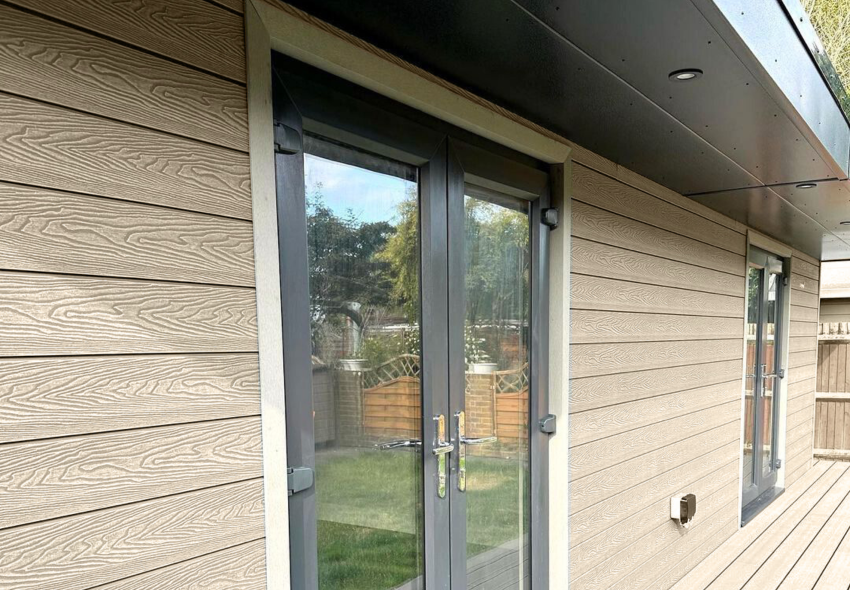
Disadvantages of WPC panels
Higher cost
Compared with traditional wood and plastic materials, WPC panels have higher production costs, so their prices are relatively expensive. This cost difference may affect the choice of some consumers, especially when the budget is limited.
Thermal expansion problem
WPC panels have a large thermal expansion coefficient, and the panels may expand or contract when affected by high or low temperatures. Therefore, when installing, it is necessary to consider the impact of temperature changes on the panels, ensure that the installation method is appropriate, and avoid deformation or cracking of the panels due to thermal expansion.
Color change
Although the surface treatment technology of WPC panels continues to improve, the color of the panels may change when exposed to strong sunlight and weather changes for a long time. Especially when used outdoors, WPC panels may fade due to ultraviolet rays.
Summary
As a new type of building material, WPC panels have gradually become an important material in modern architecture, decoration and landscape design due to their environmental friendliness, durability and aesthetics. It is not only suitable for various indoor and outdoor decorations, but also can effectively replace traditional wood and plastic materials, solving the drawbacks of traditional materials. Although WPC panels may be slightly expensive, their durability and low maintenance cost make them highly cost-effective in long-term use. With the continuous advancement of technology and the improvement of production processes, the market prospects of WPC panels will be broader.

